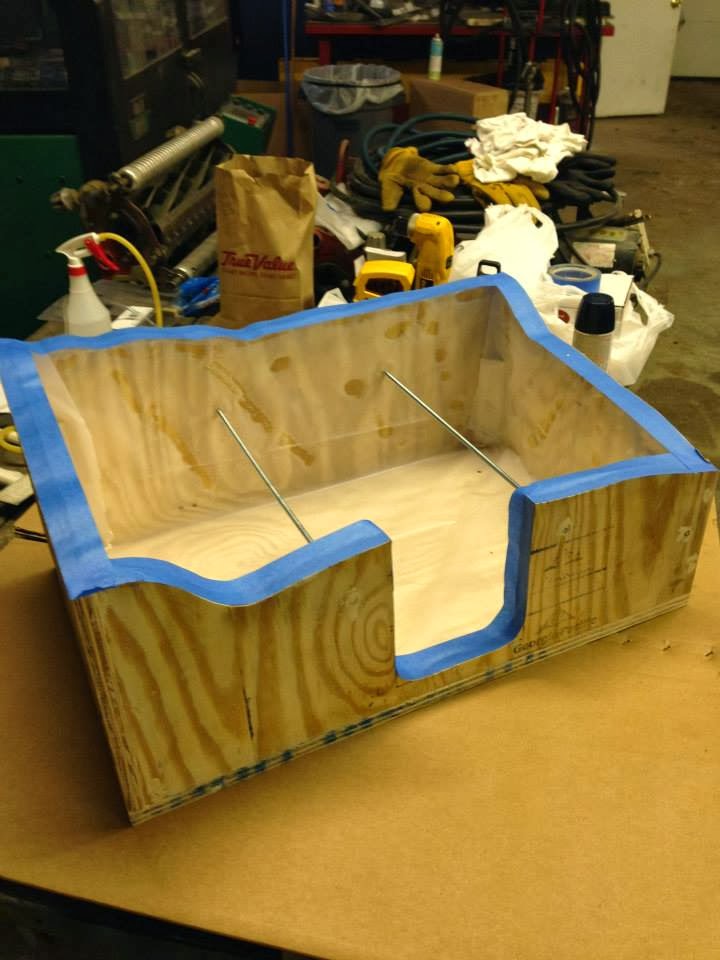Radrick
Farms and UMGC are not the same golf course.
Best practices vary between the two courses based on a number of
factors—layout, style, soil, even temperature (Radrick is consistently a few
degrees colder and a few days behind all season long.) That is not to say that there are no
similarities. Both courses have great
greenskeepers and staff… both have equipment that can be utilized at either
site and both are wonderful resources in the athletic department family.
The two golf courses have always been friendly neighbors, sharing resources over the years. With the inclusion of Radrick into the athletic department, we have taken the idea of "synergy" to a more evolved and integrated ideology and action plan.
The two golf courses have always been friendly neighbors, sharing resources over the years. With the inclusion of Radrick into the athletic department, we have taken the idea of "synergy" to a more evolved and integrated ideology and action plan.
Since the
end of the ’14 golf season, WE, as Golf Operations have done a number of
projects that because of our synergized efforts have added up to a sum greater
than the total of its parts…
- An expansion around the perimeter of 5 green at UMGC. 1800ft2 added to the existing 3600ft2—a 50% increase of square footage! Radrick Greenskeepers Matt and G were integral to the project.
- A rebuild of a nursery at the UMGC by planting harvested cores from greens aerification. This nursery, in theory, should be an adequate composite of the cultivars of all the greens at the UMGC.
- Reconstruction of 16 tee from ground up at RFGC… 3700 sq ft!!! The UMGC Greenskeeper staff assisted in construction and sodding.
- Bunker expansion at the UMGC practice facility—using RFGC’s excavator.
- Shared labor and equipment for greens aerification at both courses.
- Three members, representing both courses, comprise ½ of the athletic department’s snow removal crew. Dean, Clint and Mark work together all winter long.
Projects Bring UMGC and Radrick Employees Together
Green Expansion at UMGC #5
New Bunker at UMGC Short Game Area
This list is just the tip of the iceberg. It (incompletely) represents three months of work at two courses. Superintendents Scott Rockov and Dan Mausolf have been able to orchestrate a partnership that benefits golf at the university, acts as valuable cross training and breaks down silos amongst fellow team members within the athletic department. We, as a team, vow to become better and more efficient at this in the future! The sky is the limit!
.JPG)
.JPG)
.JPG)


.JPG)

.JPG)
























.jpeg)

.jpeg)
.JPG)





